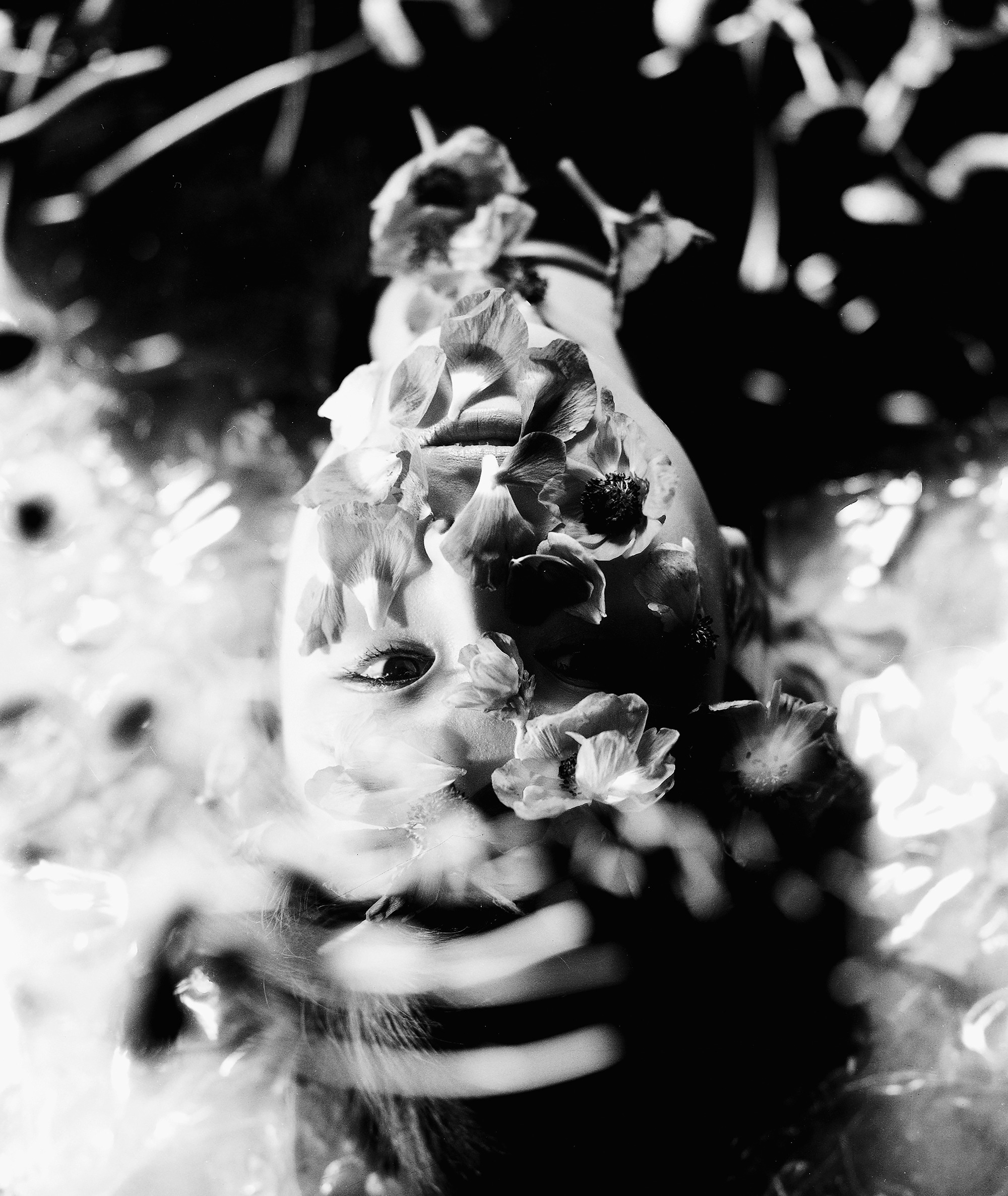A Different Kind of Female Protagonist
4 min read
This is an edition of the Books Briefing, our editors’ weekly guide to the best in books. Sign up for it here.
This week, we published two essays about new books featuring unusual, surprising female protagonists. In her review of Swimming in Paris, a collection of three pieces of memoir by the French author Colombe Schneck, Katie Roiphe observes that Schneck’s writing is “sinewy, tough, sharp”; that it “rejects the narrative of personal innocence that many writers are infatuated with,” instead turning her unsparing analysis on herself.
First, here are three new stories from The Atlantic’s Books section:
- The Brooklyn sequel asks the most American of questions about immigration.
- A powerful indictment of the art world
- Making fun of your friends is good for them (and you).
Though Schneck’s work reckons with the “difficulty of women’s experience, the obstacles and inequities it entails,” writes Roiphe, “the narrator is not presented as a consummate victim.” She is a woman who suffers (and she suffers because she is a woman), but that’s not all she is. Not an ounce of self-pity is to be found in Schneck’s work; her strongest critiques are applied to herself, not society. She denounces her own snobbishness, her competitiveness, her jealousy. She isn’t afraid to portray herself in a less-than-positive light, to accept the consequences of her choices.
In Exhibit, R. O. Kwon’s second novel, the protagonist, Jin, is a young Korean American photographer who, faced with her husband’s sudden, unwelcome desire to have a child, her inability to make art she’s proud of, and her desire to explore BDSM, begins a secret affair with a woman she meets at a party.
That woman is Lidija, an injured former ballet dancer who introduces Jin to kink. As Hannah Giorgis writes, Kwon isn’t interested in justifying Jin’s behavior or in weighing the morality of her decision to act on her desires. The novel is more about the nature and complexity of that wanting. Jin is uncomfortable with her own wish to submit during sex, for instance, because of stereotypes that cast Asian women as subservient. But with Lidija, she can explore her inclinations. Kwon seems to be suggesting that absent a power difference, pain isn’t necessarily abuse.
Kwon doesn’t excuse Jin’s cheating or provide any rationalization for her behavior. In the novel’s world, to live by “right” and “wrong” is a fool’s errand, beside the point. Giorgis describes Jin and Lidija’s relationship as “clarifying and sacrosanct even as it sows deceit.” Wrong, yes, but also, in some ways, good.
Both Schneck and Kwon seem to be writing about the political realities that can shape the most intimate aspects of our lives. But there’s no sentimentality or even a sense of resentment of their position. For both these writers, women aren’t victims of their circumstances. They’re something much more interesting.

A French Reproach to Our Big, Baggy American Memoirs
By Katie Roiphe
In her slim books, the French writer Colombe Schneck stares honestly at her own life, without illusions or sentimentality.
Read the full article.

What Happens When Desire Fuels a Life
By Hannah Giorgis
R. O. Kwon’s new novel, Exhibit, takes an expansive view of the things that women are punished for wanting.
Read the full article.
What to Read
Lone Women, by Victor LaValle
Exploration isn’t always about running toward something—at times, it’s about running away from something else. Lone Women uses the trappings of the American West, a complicated, enduring cultural symbol of a supposedly untouched frontier, to delve into the human tendency to try to escape the past. It follows Adelaide Henry, a Black woman who leaves her family’s California farm in 1915 under violent circumstances and lugs a mysterious trunk to Montana, where the U.S. government is offering free land to those who homestead there. The trunk’s undisclosed, possibly supernatural contents disturb Adelaide, and seem directly related to what she’s trying to leave behind. Over the course of the book, we see her failed attempt to shut that part of her past away as she tries to build a life in the brutal landscape of the Great Plains, a place that can destroy anyone who’s unprepared or without friends—or be a refuge for those looking to build a new home with space for the love, and suffering, that comes with living. —Vanessa Armstrong
From our list: Six books that explore what’s out there
Out Next Week
📚 Housemates, by Emma Copley Eisenberg
📚 Heart of American Darkness, by Robert G. Parkinson
📚 Ninetails, by Sally Wen Mao
Your Weekend Read

Tennis Explains Everything
By Michael Nicholas
In Challengers, the topic of tennis plays a similar orienting role for three players whose “only skill in life is hitting a ball with a racket,” according to Tashi. Talking with Patrick and Art after she meets them, Tashi describes tennis as a “relationship.” On the court, she understands her opponent—and the crowd understands them both, watching them almost fall in love as they battle back and forth. For Tashi who has nothing but tennis to talk about, the tennis metaphor works because seeing things as a game based on one-on-one competition, long-standing rivalries, and extended strategic play makes intuitive sense. Although pretty much everything else in her life might be complicated, tennis is not.
Read the full article.
When you buy a book using a link in this newsletter, we receive a commission. Thank you for supporting The Atlantic.
Explore all of our newsletters.



